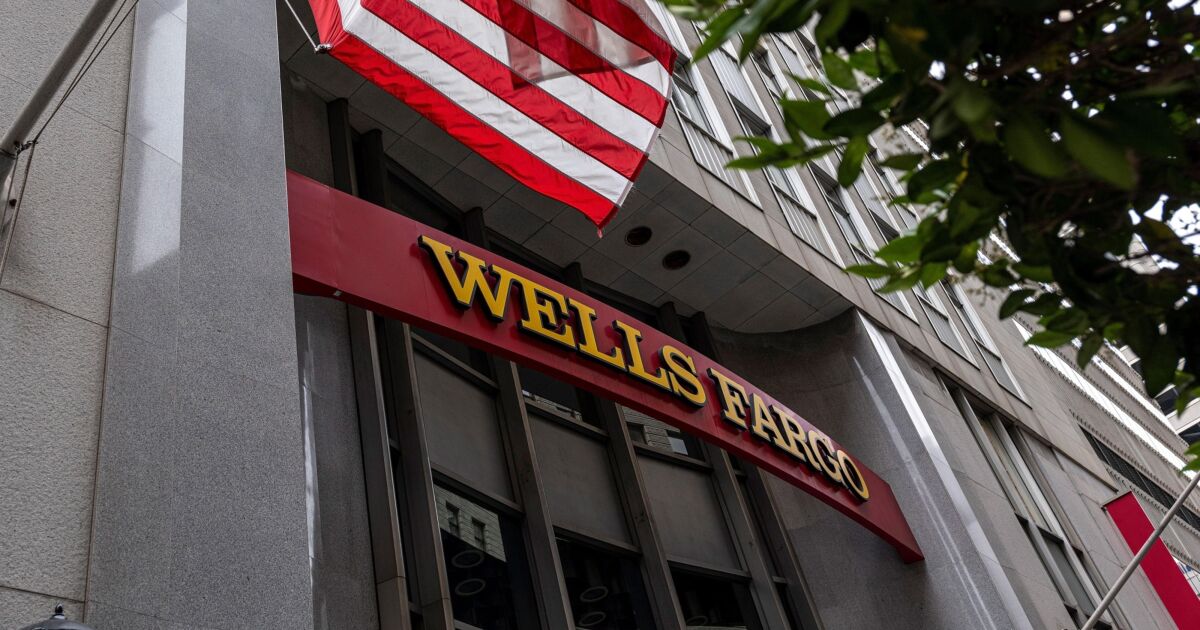
This news is developing. Please check back for updates.
The increase follows regulators' announcement last month that they would
The increase also followed the
Wells announced plans in May to
Analysts' consensus estimate for Wells' second-quarter earnings was $1.41, according to S&P Capital IQ.
"Our second quarter results reflect the progress we are making to consistently produce stronger financial results with net income and diluted earnings per share up from both the first quarter and a year ago," Chairman and CEO Charlie Scharf said in a press release. "While there continue to be risks as we look forward, activity levels have remained consistent and our strong credit performance continues to point to the strength of our commercial and consumer customers' financial position."
Scharf called lifting the asset cap a "pivotal milestone."
"We now have the opportunity to grow in ways we could not while the asset cap was in place and are able to move forward more aggressively to serve consumers, businesses, and communities to support U.S. economic growth," he said in the press release.
Wells' total revenue topped $28.8 billion for the quarter ending June 30, up about 1% from a year ago and 3% over the first-quarter total.
Net chargeoffs of $1 billion were level with the first-quarter but down $300 million from a year ago. Second-quarter net chargeoffs totaled 0.44% of average loans.
Credit performance "continues to be strong," Chief Financial Officer Mike Santomassimo said on a conference call with journalists.
Wells' bottom-line growth was driven in large part by a substantial increase in noninterest income, which totaled $9.1 billion for the second quarter, up 4% from a year ago and 5% from the three months ending March 31. Net interest income of $11.7 billion was up 2% from a year ago.
Santomassimo said Wells expects full-year 2025 net interest income to total about $47.7 billion, in line with the 2024 total. That forecast is a reduction from earlier expectations, which called for spread-income growth of 1% to 3% in 2025. The reduced outlook is the result of "pretty tepid demand," especially in commercial lending, according to Santomassimo.
"That's what's been sort of holding loan growth back. It's been a demand story…As the go-forward economic picture continues to solidify, people have confidence they're going to have demand on the other side for their products, you'll see people borrow and continue to invest."



